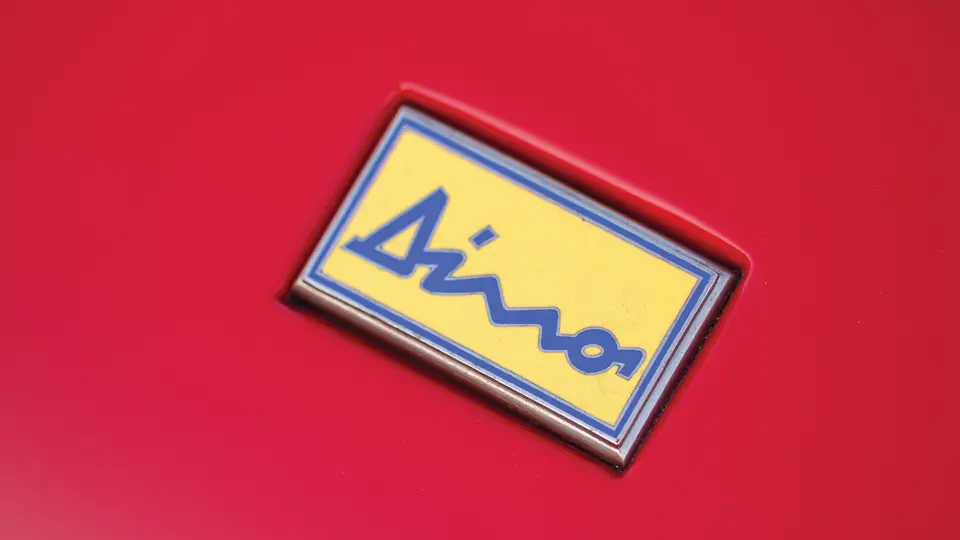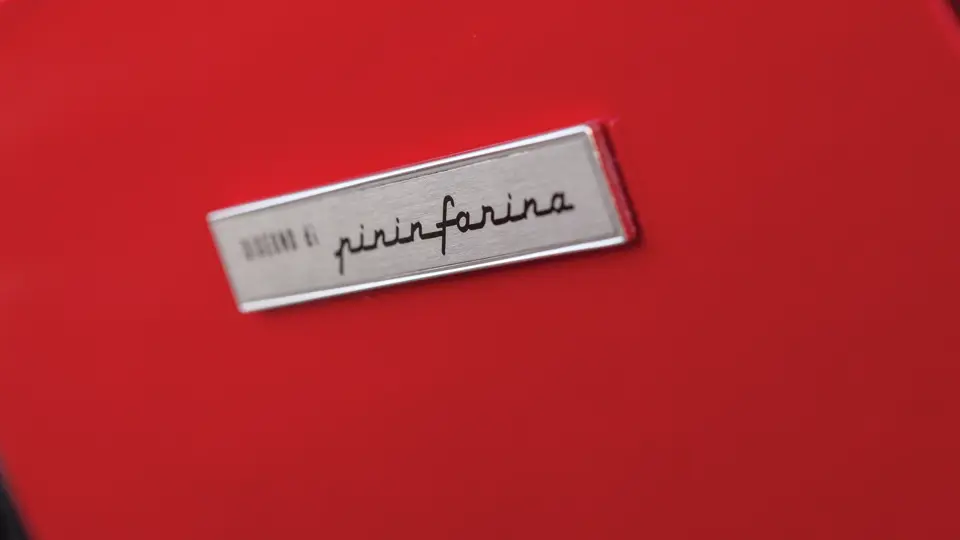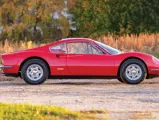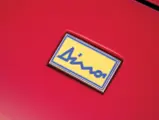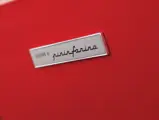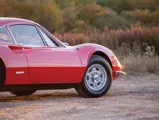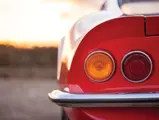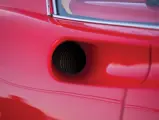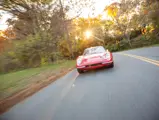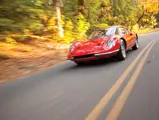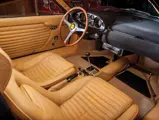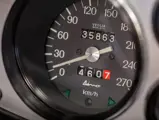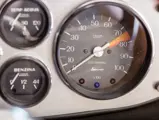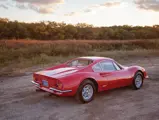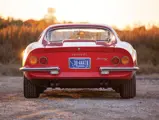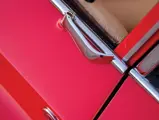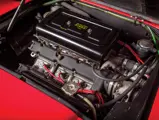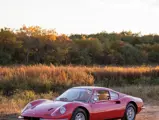
1970 Ferrari Dino 246 GT 'L-Series' by Scaglietti
{{lr.item.text}}
$500,000 - $600,000 USD | Not Sold
{{bidding.lot.reserveStatusFormatted}}
- Rare L-series example; an early and pure 246 GT
- Matching-numbers engine; classic color combination
- Originally owned by former Warner Brothers studio chief John Calley
- Recent mechanical freshening and full service
195 hp, 2,418 cc DOHC V-6 engine with three Weber 40 DCN F/7 carburetors, five-speed manual transaxle, front and rear unequal length A-arm suspension with coil springs and anti-roll bars, and four-wheel disc brakes. Wheelbase: 92.1 in.
The Dino model, which had originally been introduced as a Ferrari co-brand that had been created in tandem with Fiat, was a groundbreaking offering that established numerous firsts for Ferrari. It was the first Maranello production car to feature rear-mid engine placement and also the first to employ a V-6, with both of these ideas being drawn from the 206 S and SP prototype race cars of the mid-1960s. Enzo Ferrari’s son Dino had been one of the engine’s principal proponents prior to his passing in 1956, and thus, he was honored as the new car’s namesake.
The engine’s racing pedigree was only part of the production Dino’s appeal though, as the new 206 GT was clothed in dazzling Pininfarina-designed coachwork. The body was built by Scaglietti, and it reconciled curvaceous 1950s styling with the wedge motifs that would soon dominate sports car design. The Dino also demonstrated impressive balance during tight handling, thanks to its near-even weight distribution, which was a dividend of the race-proven rear-mid engine placement.
The Dino first debuted in concept form, known as the 206 S Speciale, at Geneva in March 1965, and then, 1961, it entered series production with the 206-specification, two-liter engine. After a short run of 150 cars, the 206 GT was updated in 1969 with a larger 2.4-liter motor, which was a displacement that remained unchanged until the Dino’s discontinuation in 1974.
The 246 GT was ultimately built in three separate iterations, respectively known as the L-, M-, and E-series. The L-series served as the direct successor to the 206 GT and was built from March of 1969 until October of 1970. During this time, only 357 total examples were built, and they are considered by connoisseurs as the “bridge” between the 206 and 246 GTs. As such, these early-series cars retained many visual features normally associated with the original 206, arguably making it the purest 246 GT produced during the model’s run. Many details on the model exemplify this notion, such as the more purposeful 206-style seats and dash, center-lock knock-off wheels, a deeper passenger footwell with a folding footrest, a wood-rimmed Nardi steering wheel, and numerous other small distinctions. Perhaps most significantly, the L-series cars featured lightweight alloy doors and decklids, which were in contrast to the heavier all-steel bodies of the later M- and E-series cars.
This desirable late-production L-series Dino 246 was built in July 1970 and was equipped to European specifications. The car, originally finished in Blue Sera over a black vinyl interior, was purchased new by John Calley, the famed producer of such films as The Cincinnati Kid, Catch 22, Remains of the Day, and The DaVinci Code. Mr. Calley was also a Warner Brothers studio chief during the 1970s, and although not officially credited, he was no less responsible for such classics as The Towering Inferno, Deliverance, A Clockwork Orange, and The Exorcist.
Calley, who was equally known for socializing with celebrities ranging from Steve McQueen to Orson Welles, was also a collector of significant Ferraris, owning such cars as a 250 GTO, a 250 LM, and a 250 GT SWB. He had previously purchased such important cars through Jacques Swaters’ renowned Garage Francorchamps in Belgium, and it was likely that this conduit facilitated his purchase of chassis number 01016 in 1970. Dinos were certainly difficult to source in the Unites States at this early juncture in the model’s run, with most of the 206 examples having been sold to European owners.
After being exported from Europe to Calley’s Los Angeles home, the Dino was later sold to Norm Crum, of Newport Beach, who offered the car up for purchase in 1974. Edward Guevara, of nearby Yorba Linda, purchased the Dino and had it registered as 908 BXM. The car ultimately remained in Guevara’s possession for 13 years, and just prior to selling it in 1987, he commissioned a repaint in Rosso Chiaro paint and a new beige interior. The Dino then passed through a small handful of California owners over the next decade, being consigned to such well-known shops as Steve Tillack’s Fast Cars Ltd. in Redondo Beach, California, and Bruce Trenery’s Fantasy Junction in Emeryville.
In 1999, chassis number 01016, displaying 22,360 kilometers on its odometer, was purchased by Vincent Burgos Jr., of San Francisco. The car was sold to the consignor five years later, and more recently, it was treated to a round of freshening that included rebuilding the suspension and clutch and adding new synchros to the transmission. Cosmetically, the wheels were reconditioned and mounted with brand-new Michelin XWX tires. This rare matching-numbers L-series 246 GT is accompanied by a tool roll, jack with bag, hammer, and spare wheel and tire, and it features the attractive European-specification driving light configuration. It currently displays 35,863 kilometers and offers all of the power of the 2.4-liter motor with the modest weight of the part-alloy body.
This highly desirable and authentic Ferrari promises a future on concours fields and FCA corrals, as the unique attributes of the rarely seen 246 GT L-series are gradually coming to light with discerning collectors.





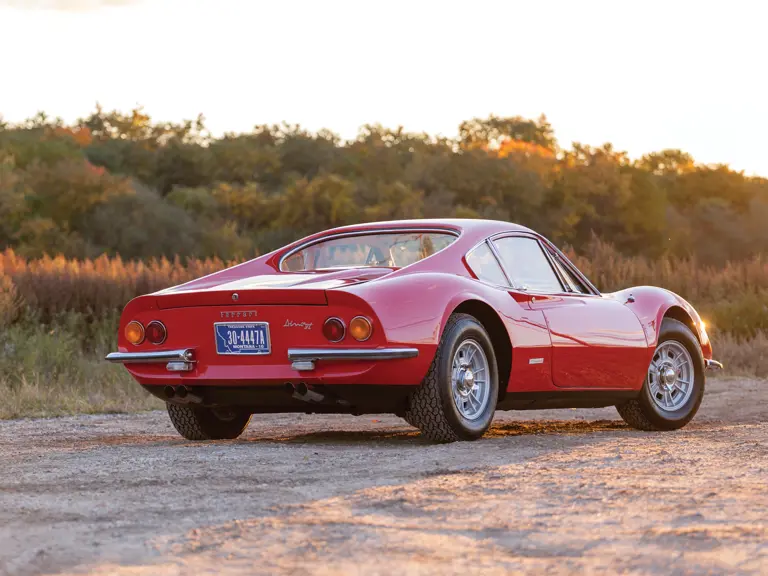
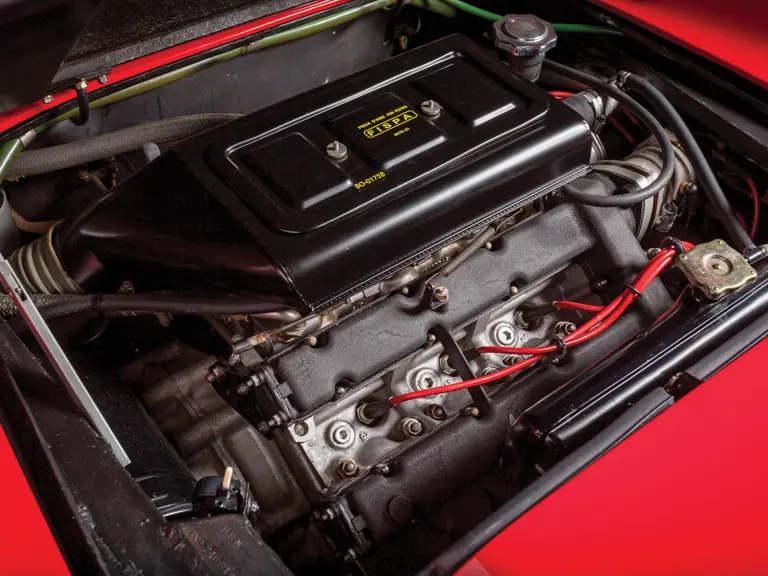
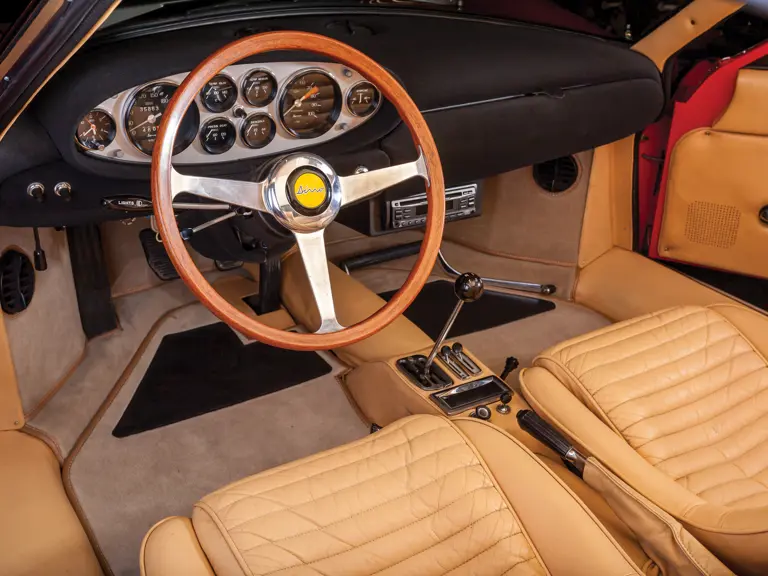
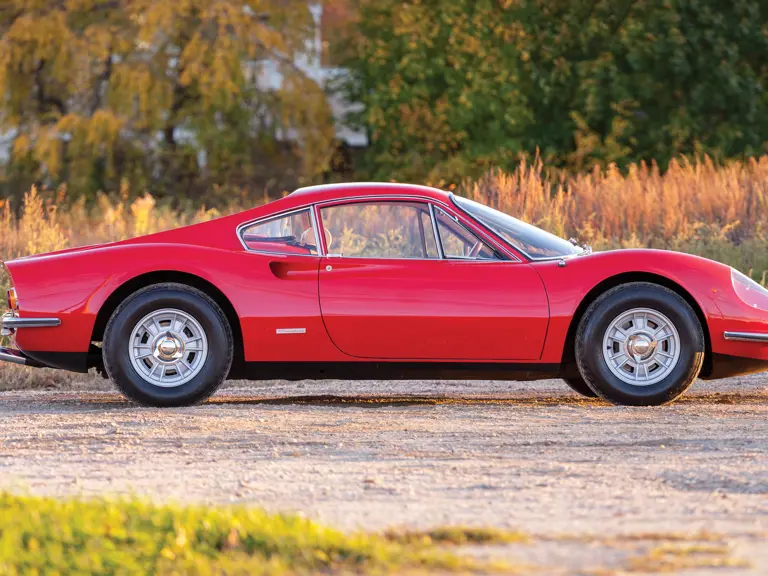

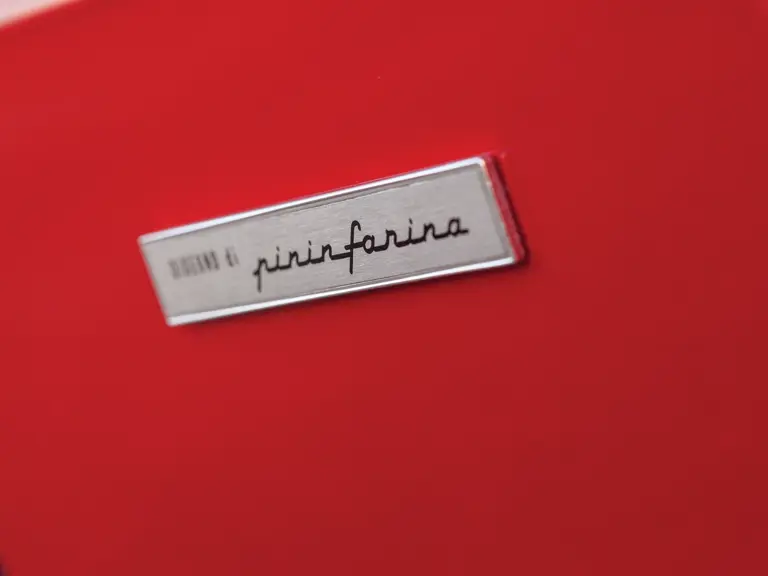

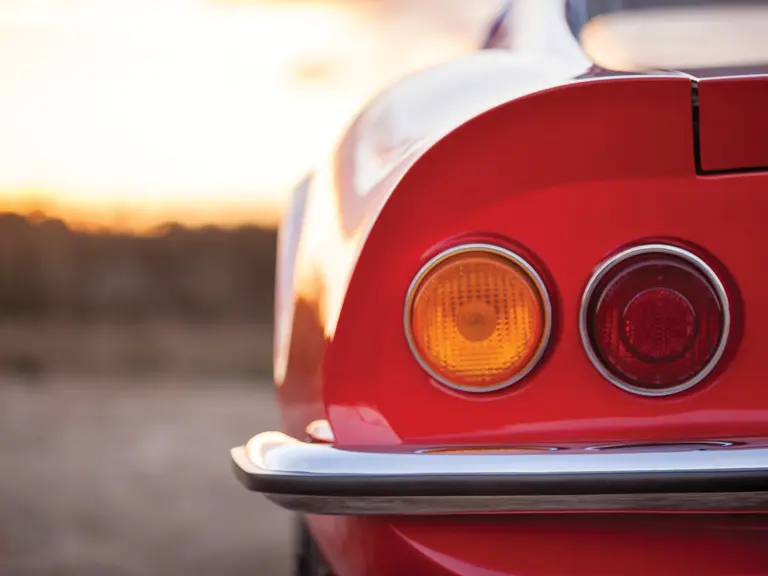
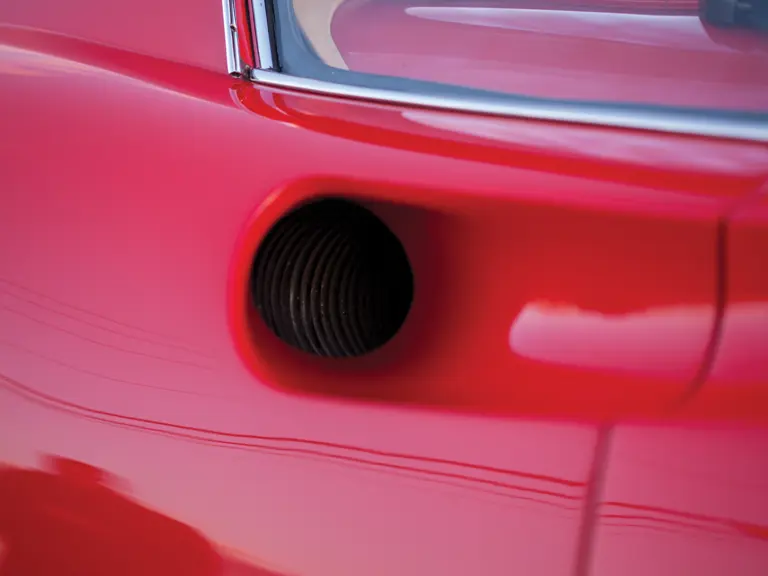
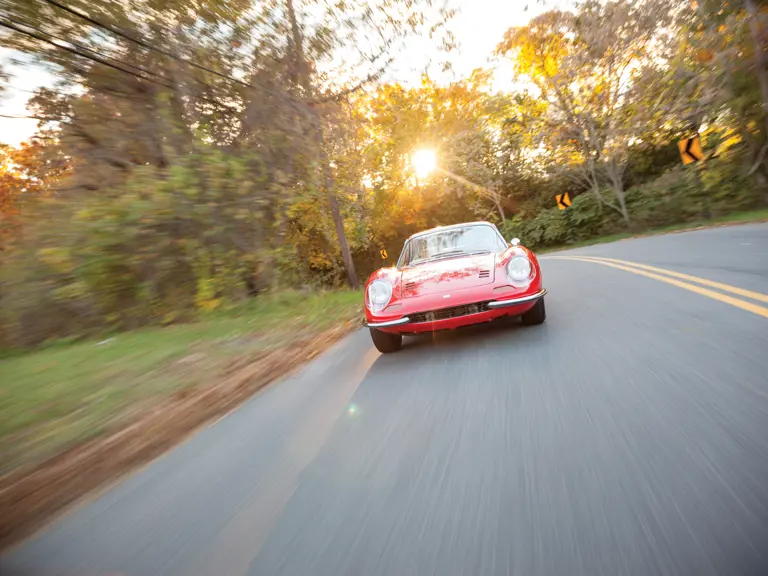
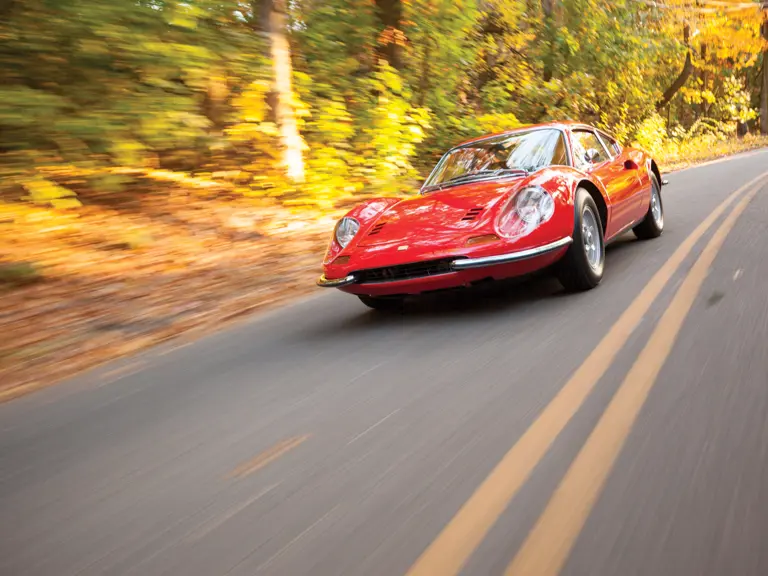

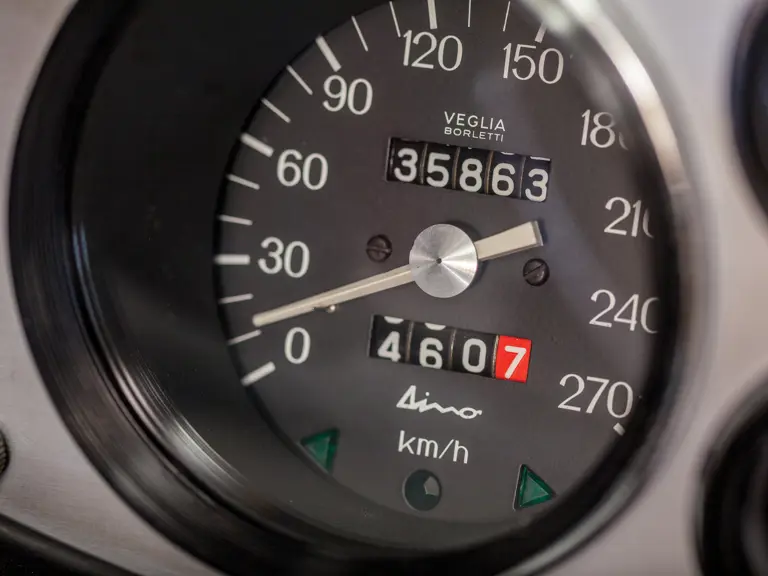

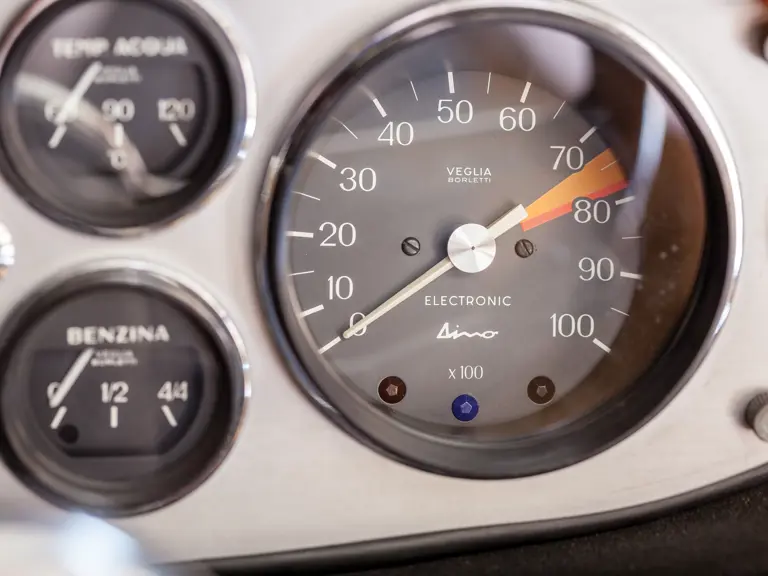

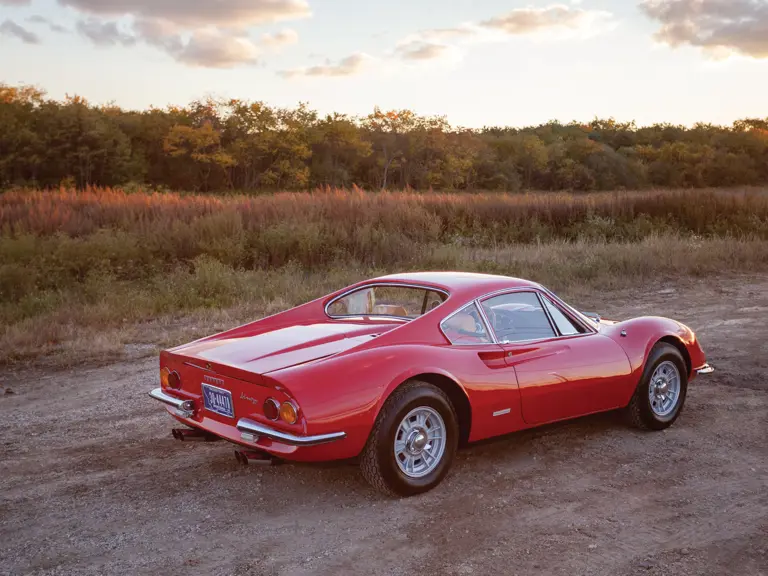
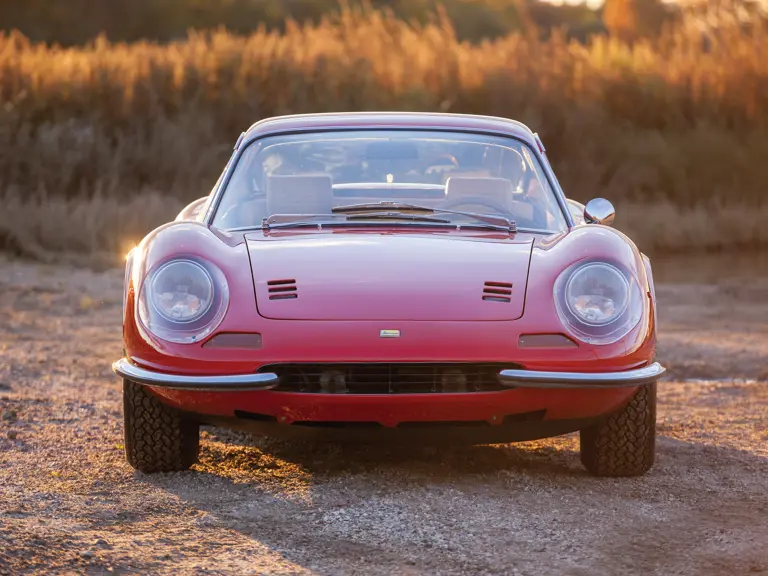

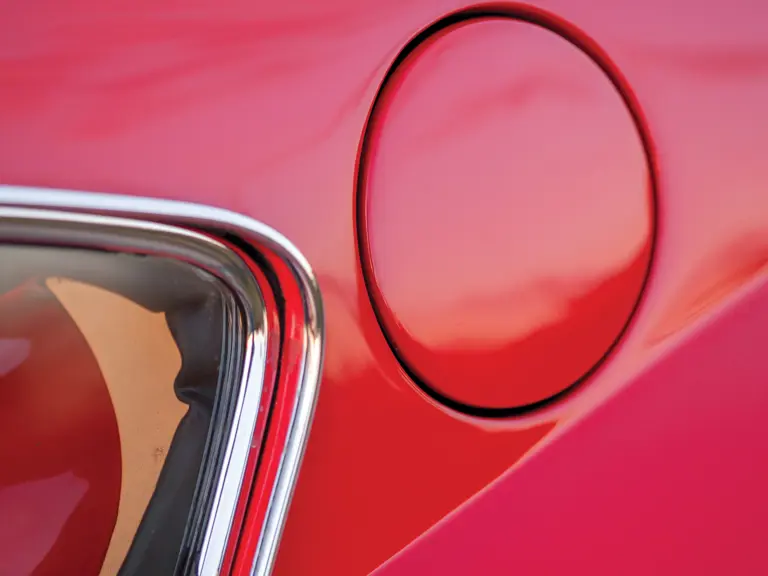
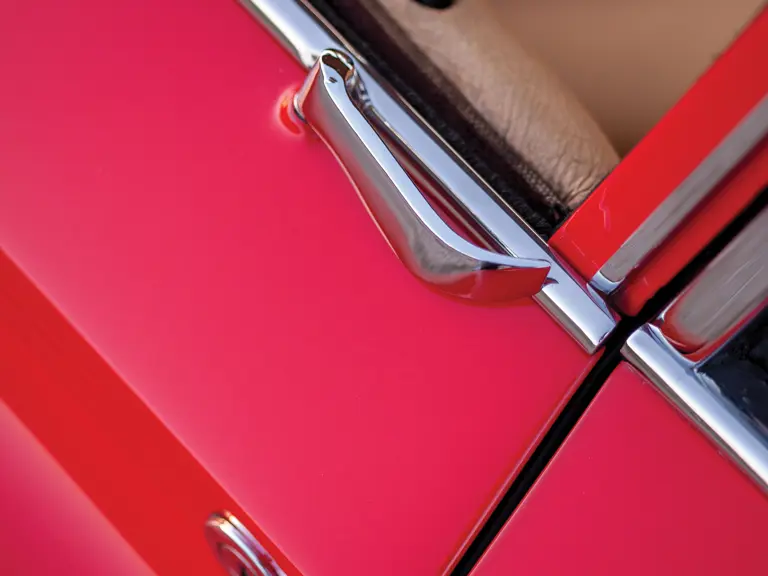
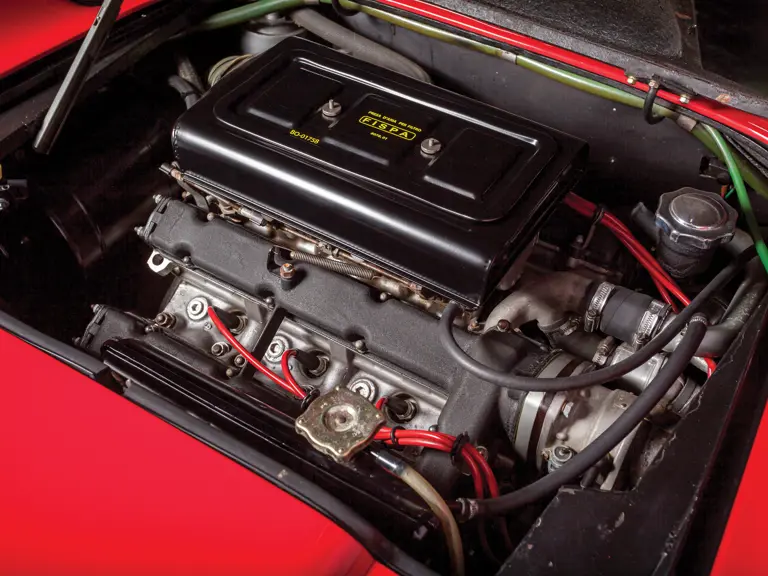
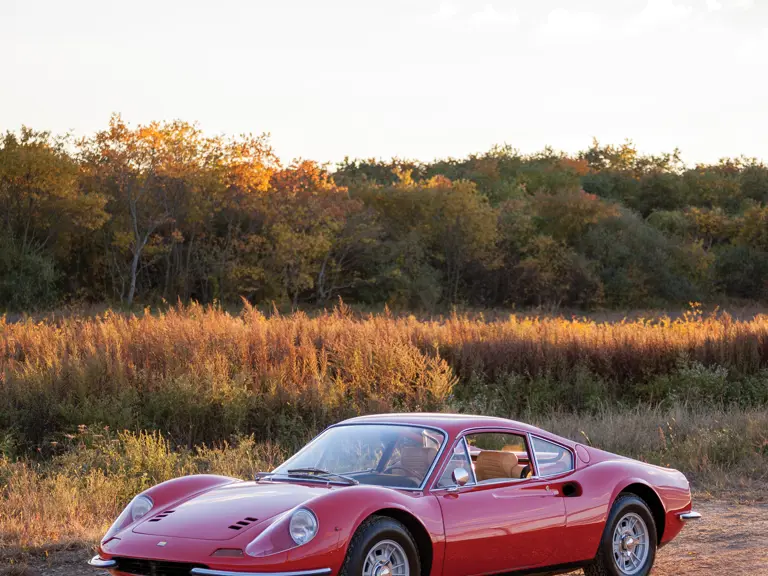
 | Phoenix, Arizona
| Phoenix, Arizona

